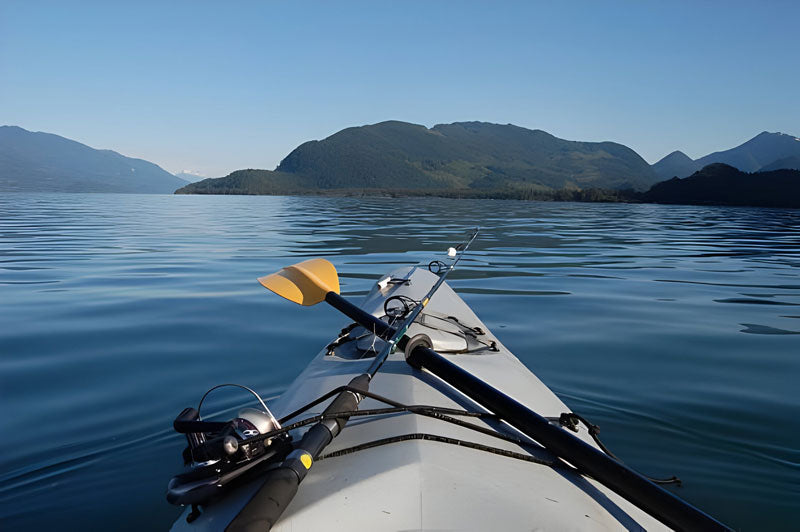
What Size Fishing Kayak Do I Need?
Share
Choosing the right size fishing kayak can be a daunting task, especially for first-time kayak anglers. The size of the kayak you need depends on several factors, including your height, weight, the type of fishing you plan to do, and the waters you'll be paddling. In this blog post, we'll explore the key considerations to help you determine the ideal fishing kayak size for your needs.
Consider Your Height and Weight
One of the primary factors in selecting the right fishing kayak size is your own height and weight. Kayaks are designed to accommodate specific weight and size ranges, and choosing a kayak that's too small or too large for your body can affect stability, maneuverability, and overall performance.
As a general guideline:
If you're shorter than 5'6" and weigh less than 160 lbs, a 10-foot kayak might be a good fit.
If you're between 5'6" and 6' and weigh 160-225 lbs, a 12-foot kayak is likely the most suitable option.
If you're taller than 6' and weigh more than 225 lbs, you'll likely need a 14-foot or larger kayak to accommodate your size and provide the necessary stability.
Consider the Intended Use
The type of fishing you plan to do can also influence the size of the kayak you choose. Different kayak sizes cater to different fishing environments and techniques.
For example:
If you'll be fishing in calm, protected waters like lakes or slow-moving rivers, a shorter (10-12 feet) and more maneuverable kayak may be ideal.
If you'll be tackling larger bodies of water, such as the ocean or large lakes, a longer (14-16 feet) and more stable kayak may be a better choice to handle the rougher conditions.
If you plan to carry a lot of fishing gear, a longer and wider kayak with more storage space may be necessary.
Consider Stability and Maneuverability
Stability and maneuverability are crucial factors when selecting the right fishing kayak size. Wider kayaks generally offer more stability, which can be important for activities like standing and casting. Narrower kayaks, on the other hand, tend to be more maneuverable, making them easier to navigate through tight spaces or around obstacles.
Ultimately, the best fishing kayak size for you will strike a balance between stability and maneuverability, based on your specific needs and preferences.
Choosing the right size fishing kayak can be a complex decision, but by considering your height, weight, intended use, and the balance between stability and maneuverability, you can find the perfect kayak to meet your needs. Remember to always prioritize safety and comfort when selecting your fishing kayak, as these factors will contribute to your overall enjoyment on the water.
